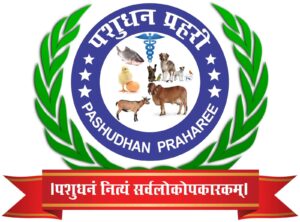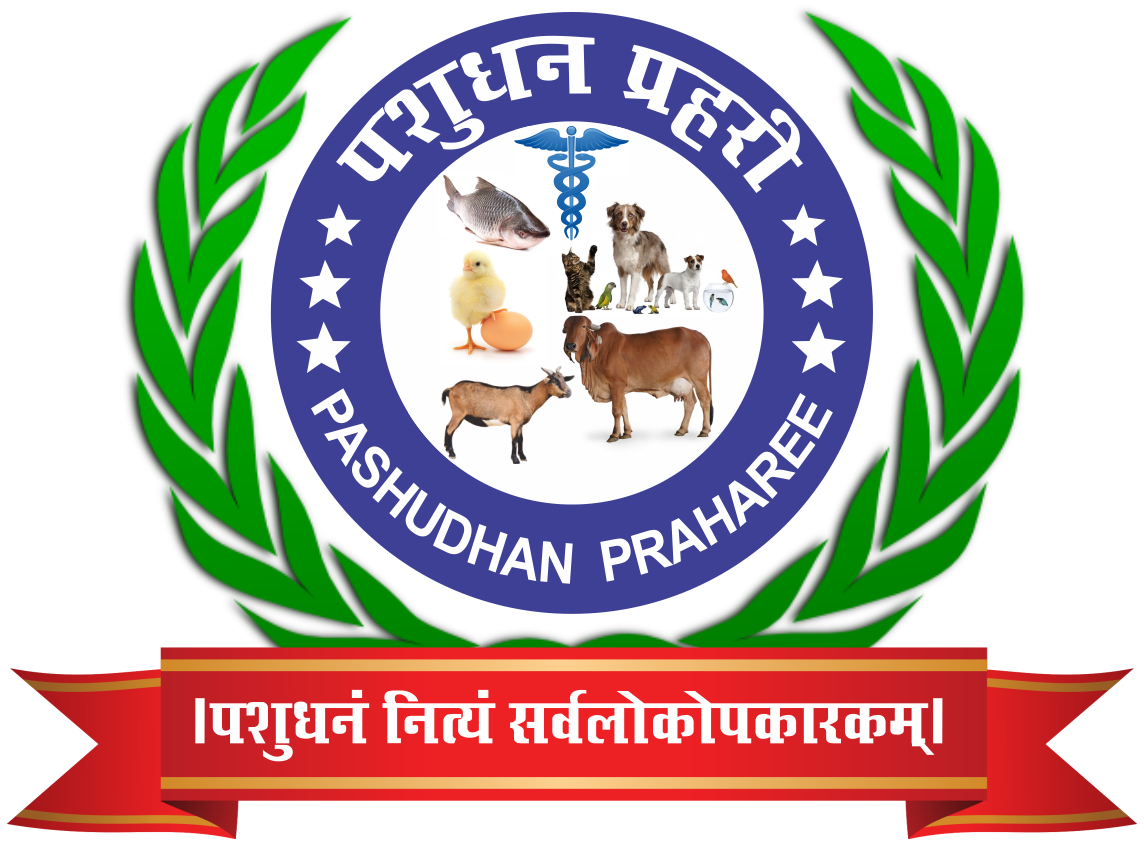Standard Operating Procedure (SOP) for Water-Based Vaccination in Poultry with Special Reference to India
Water-based vaccination is a widely adopted method in India for mass immunization of poultry against various infectious diseases such as Newcastle Disease (ND), Infectious Bronchitis (IB), and Infectious Bursal Disease (IBD). It is a cost-effective, stress-free, and efficient method suitable for large flocks. Vaccination through drinking water is a widely used method in poultry farming to protect birds from various infectious diseases. It ensures mass vaccination with minimal stress to the flock while maintaining efficiency and effectiveness.
This SOP ensures proper vaccine administration for optimal immunity development in poultry.
Prerequisites
- Adherence to India’s National Livestock Health policies and guidelines issued by the Department of Animal Husbandry and Dairying (DAHD).
- Use of vaccines approved by the Indian Veterinary Research Institute (IVRI) or other recognized bodies.
- Proper training of personnel handling vaccines.
- Ensuring a clean and safe water supply free from contaminants like chlorine, heavy metals, and disinfectants.
Materials Required
- Live or inactivated vaccine (as per recommended vaccination schedule)
- Cool box with ice packs for vaccine transport and storage (2–8°C)
- Clean, disinfected water storage tanks, drinkers, and pipelines
- Skim milk powder (2g/L) or vaccine stabilizer
- Measuring containers and stirring tools
- Vaccination record-keeping logbook
Procedure
1. Preparation
- Water Supply Management:
- Stop water supply 1-2 hours before vaccination to ensure birds are thirsty and will consume the vaccine quickly.
- Use only non-chlorinated water. If using treated water, neutralize chlorine by adding skim milk powder (2g/L) or a commercial stabilizer.
- Vaccine Preparation:
- Reconstitute the vaccine in cool, clean water under hygienic conditions.
- Mix the vaccine well to ensure uniform distribution.
- Use the prepared vaccine solution within 2 hours.
- Water Volume Calculation:
- Broilers (up to 4 weeks): 40-50 mL per bird
- Layers and Breeders: 60-80 mL per bird
- Adjust based on temperature and bird size.
2. Administration
- Even Distribution:
- Ensure uniform distribution of vaccine water in drinkers or water lines.
- Avoid overfilling to prevent wastage.
- Time Limit:
- Ensure birds consume all vaccine water within 1-2 hours.
- Avoid providing additional water until vaccine consumption is complete.
- Observation:
- Monitor birds to confirm even drinking and record any abnormalities.
3. Post-Vaccination Management
- Resume Normal Watering: Provide fresh drinking water after all vaccine water is consumed.
- Record Keeping:
- Date and time of vaccination
- Vaccine name, batch number, and expiry date
- Number of birds vaccinated
- Any adverse reactions observed
- Equipment Cleaning: Thoroughly clean and disinfect all drinkers and water lines to prevent microbial contamination.
Precautions
- Use only approved vaccines and follow manufacturer guidelines.
- Avoid using metal containers for vaccine mixing, as they may degrade the vaccine.
- Vaccinate in the cooler part of the day (early morning or late evening) to reduce stress.
- Follow the poultry farm’s biosecurity measures to prevent disease spread.
- Repeat vaccination as per the recommended schedule for long-term immunity.
Important Tips for Procedure of Drinking vaccine in Chickens
Preparation
1. Withhold water: Remove water from the chickens 30 minutes to 1 hour before vaccination, left up the water lines
2. Prepare vaccine: Reconstitute the vaccine according to the manufacturer’s instructions
3. Prepare water: Ensure the drinking water is clean, fresh, and free of chlorine or disinfectants. Give three days free of chlorine water to the birds, one day before and one after the vaccination for better result
4. Add vaccine stabilizer in water which change the colour of water into blue.
*Its help protect the vaccine from temperature fluctuations, which can damage or inactivate the vaccine
*Its help maintain the optimal pH range for the vaccine, ensuring it remains effective
*Reducing oxidation*: Stabilizers can reduce oxidation reactions that can damage the vaccine
Vaccination
1.Mix vaccine with water: Than after 20 to 30 minutes add the reconstituted vaccine to the drinking water according to the manufacturer’s instructions
2.After mixing then check at the end of every water line to insure blue colour vaccinated water should reached at the end
3. Then lower the water lines at the same time
4. Insist birds to drink the vaccinated water
5. Provide the vaccinated water to the chickens for 1-2 hours.
6. Monitor consumption: Ensure the chickens consume the vaccinated water within the recommended time frame
Post-Vaccination
1.After vaccination check the sample of some birds to check birds drink vaccinated water or not
2. Return to normal water: After the vaccination period, return the chickens to their normal drinking water.
3. Monitor for reactions: Observe the chickens for any adverse reactions to the vaccine
4. Don’t give any stress to the birds for minimum 3-days and not use any viral and bacterial medication as well.
Water-based vaccination is an effective and economical method widely practiced in India for poultry immunization. Proper adherence to this SOP ensures high vaccine efficacy, improved flock health, and compliance with national poultry health guidelines.



